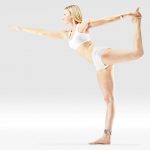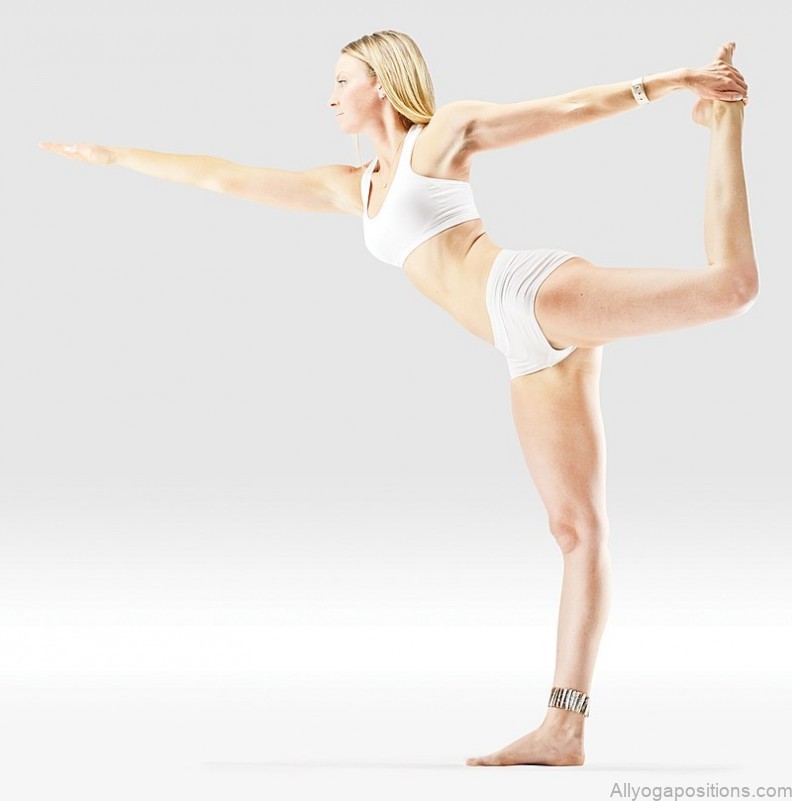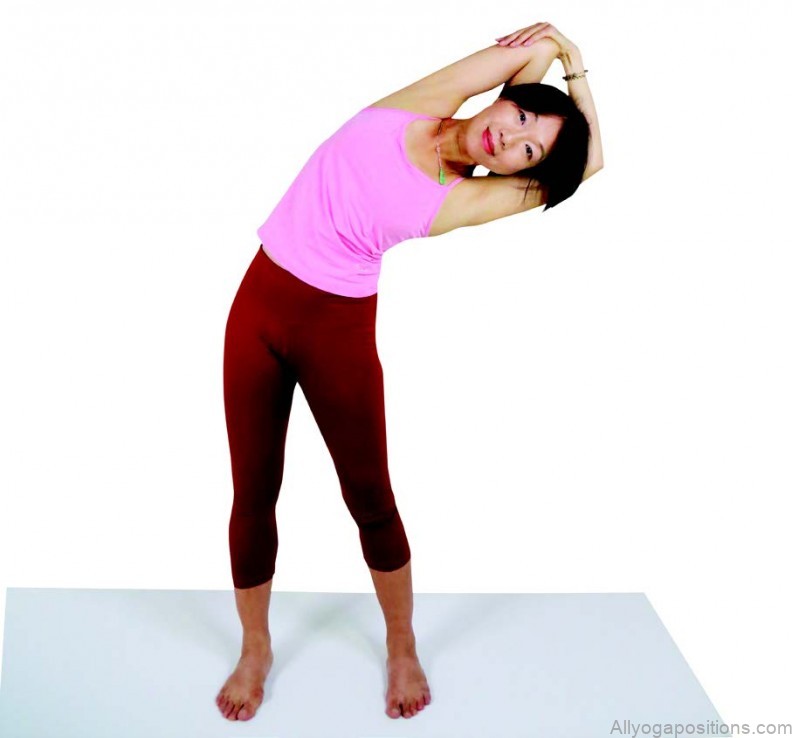Introduction
Trivikramasana, also known as the Three Steps or Warrior III Pose, is a standing yoga posture that requires balance, flexibility, and strength. This pose is named after Lord Vishnu, who is also known as Trivikrama. Trivikramasana is a great way to improve your concentration, balance, and overall well-being.
Steps to Practice Trivikramasana Yoga Pose
To practice Trivikramasana, follow these steps:
- Begin by standing in Tadasana or Mountain Pose with your feet hip-width apart and your arms by your sides.
- Shift your weight onto your left foot and lift your right leg off the ground, bending at the knee.
- Inhale and bring your arms up to shoulder height, palms facing down.
- Exhale and lean forward, bringing your torso parallel to the ground.
- Straighten your right leg behind you, keeping it in line with your torso.
- Keep your gaze down at the ground to maintain balance.
- Hold the pose for a few breaths or as long as you feel comfortable.
- To release the pose, inhale and lift your torso up, lowering your right leg back to the ground.
Trivikramasana Yoga Pose: Steps, Benefits, and Precautions Photo Gallery
Benefits of Trivikramasana Yoga Pose
Trivikramasana offers many physical and mental benefits, including:
- Improved balance and stability
- Strengthened leg muscles, hips, and core
- Increased flexibility in the hamstrings, calves, and back
- Improved digestion and blood circulation
- Reduced stress and anxiety
Precautions for Trivikramasana Yoga Pose
As with any yoga pose, it’s important to practice Trivikramasana with caution and listen to your body. Avoid this pose if you have any injuries or pain in your hips, back, or legs. If you have low blood pressure or dizziness, keep your gaze forward instead of looking down.
Variations of Trivikramasana Yoga Pose
Here are some variations of Trivikramasana that you can try:
- Half Trivikramasana: Instead of straightening your right leg behind you, keep it bent at the knee and bring your foot towards your buttocks.
- Twist Trivikramasana: After coming into Trivikramasana, bring your left elbow to the outside of your right knee and twist your torso to the right.
- Revolved Trivikramasana: After coming into Trivikramasana, bring your hands into prayer position and twist your torso to the right, bringing your left elbow to the outside of your right knee.
- Bound Trivikramasana: From Trivikramasana, reach your left hand behind your back and clasp your left ankle with your hand, opening your chest to the right.
Conclusion
Trivikramasana Yoga Pose is a challenging yet rewarding posture that can offer many physical and mental benefits. By practicing this pose regularly, you can improve your balance, strength, flexibility, and focus, as well as reduce stress and anxiety. Remember to listen to your body, take it slow, and modify the pose as needed to stay safe and comfortable. Happy practicing!
Table of Contents
Maybe You Like Them Too
- Mastering Virabhadrasana A: The Warrior Pose of Empowerment
- Embracing the Essence of Wide Legged Forward Bend: A Deep Dive
- Unlocking the Power of Prasarita Padottanasana: The Wide-Legged Forward Bend
- The Power and Elegance of the Wide Legged Forward Bend II Yoga Pose
- Mastering the Warrior II Pose: A Deep Dive into Its Benefits and Techniques






